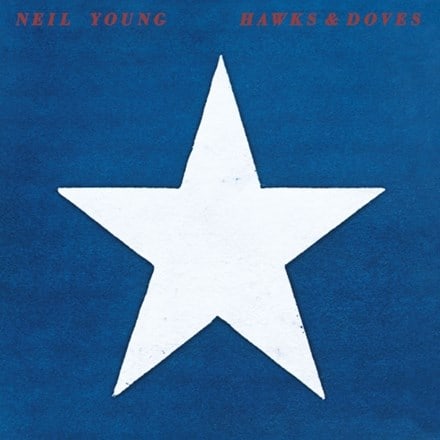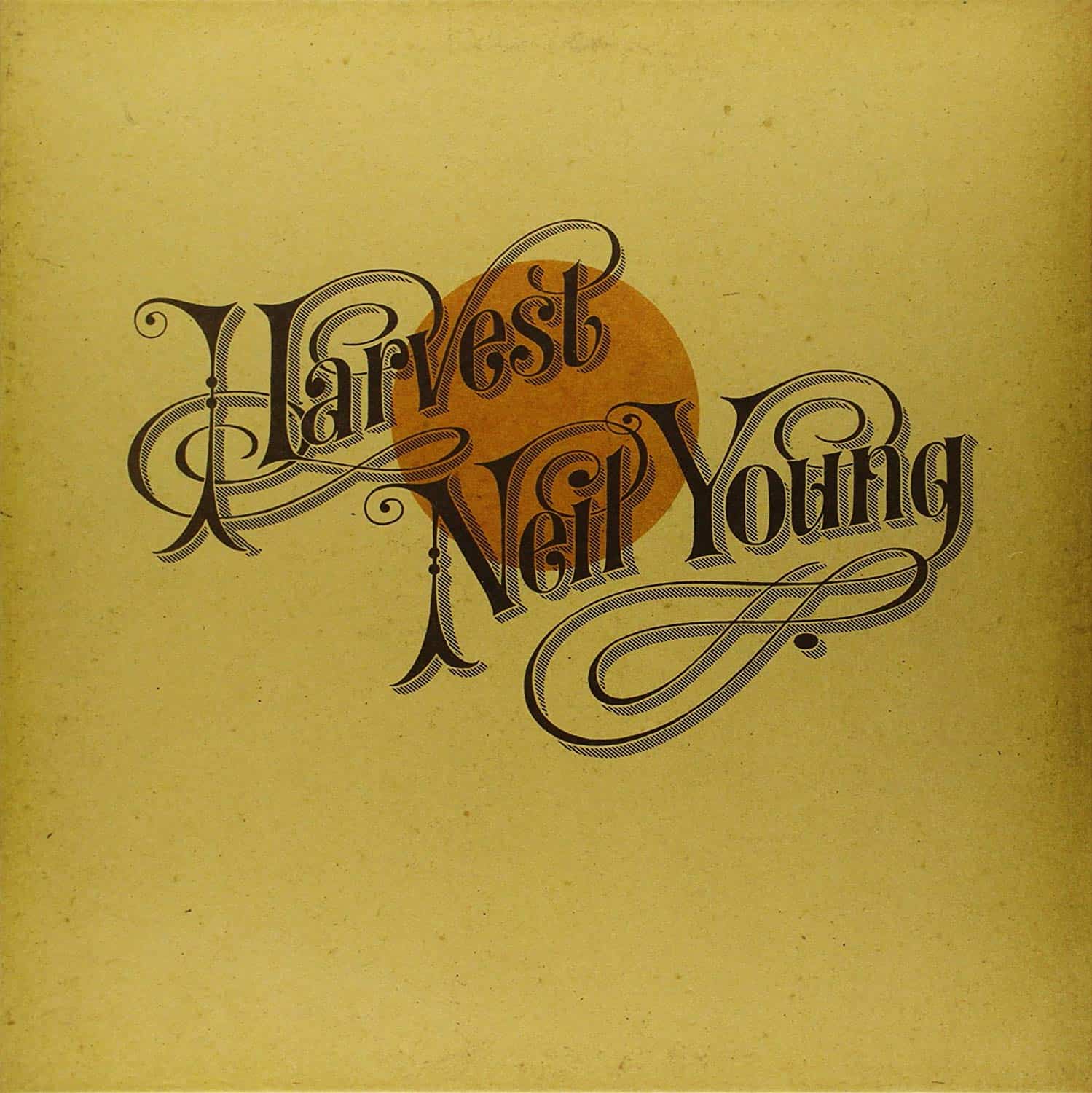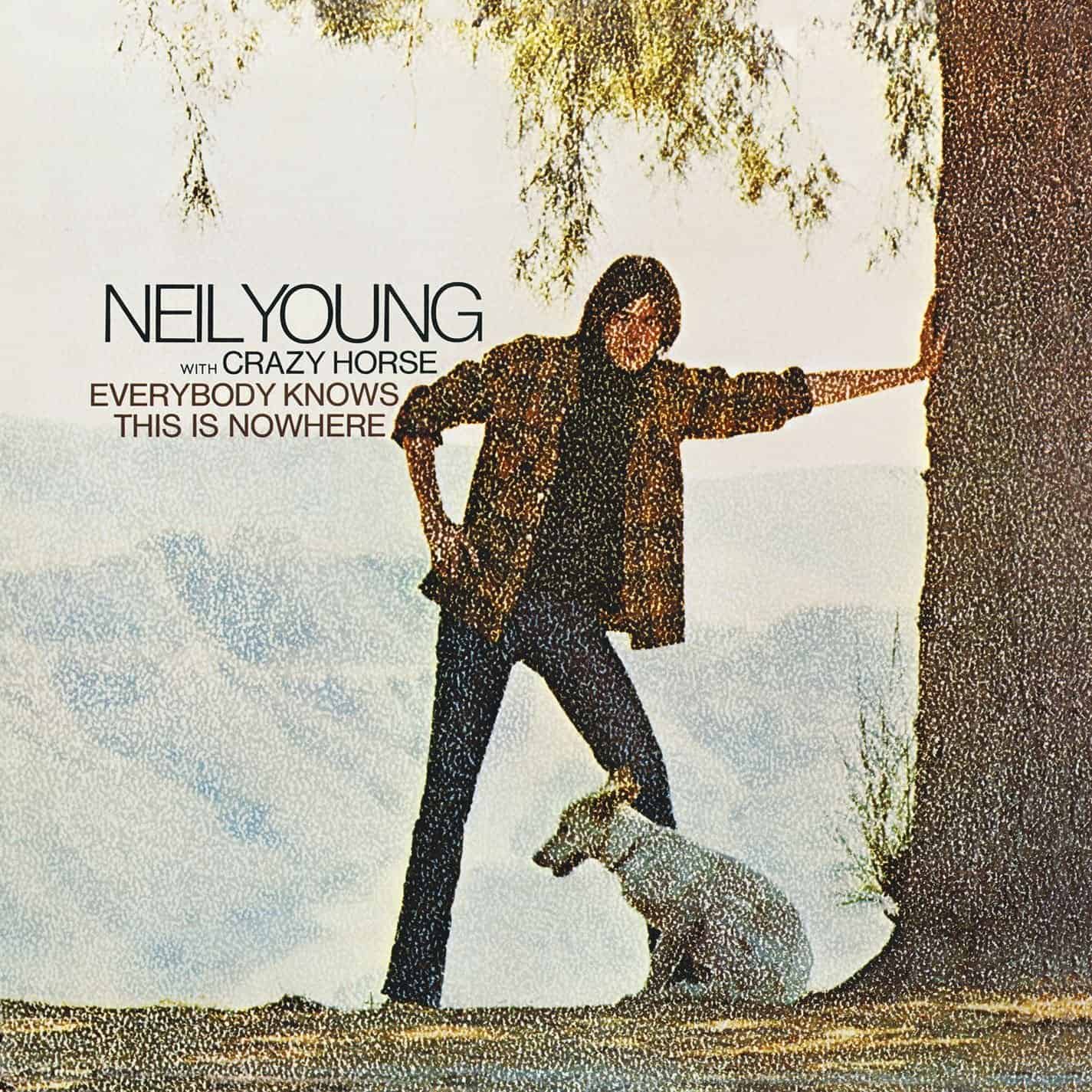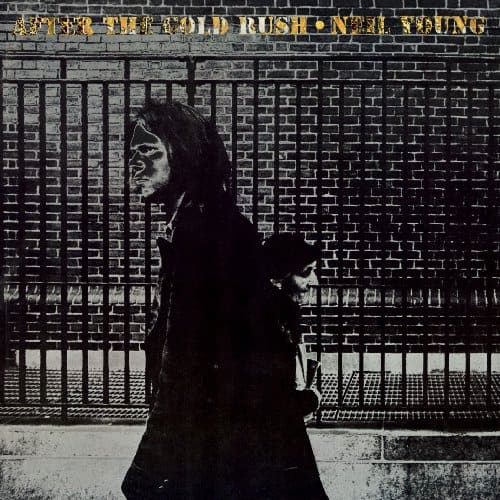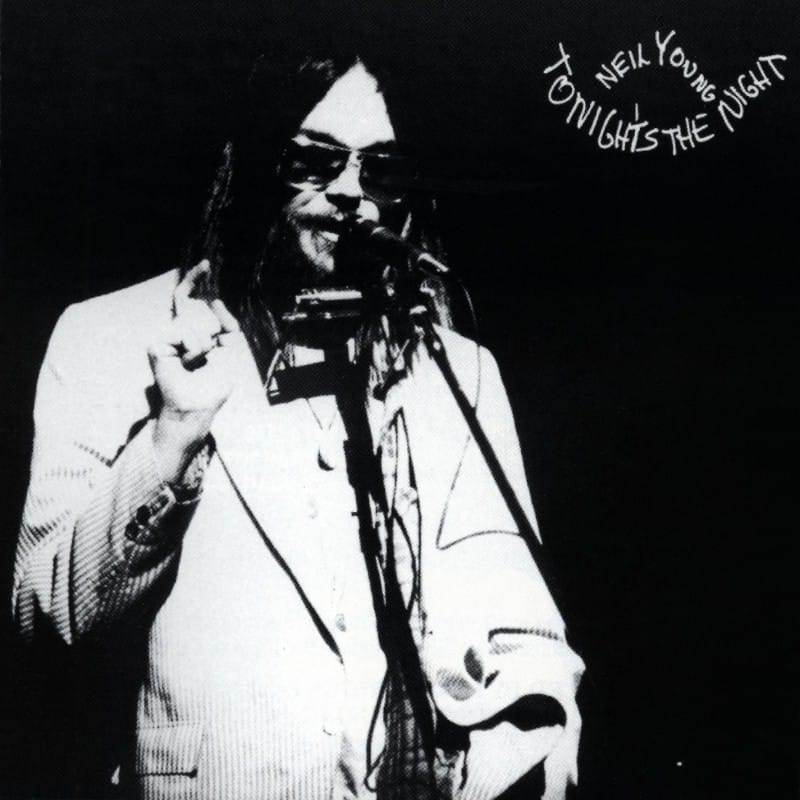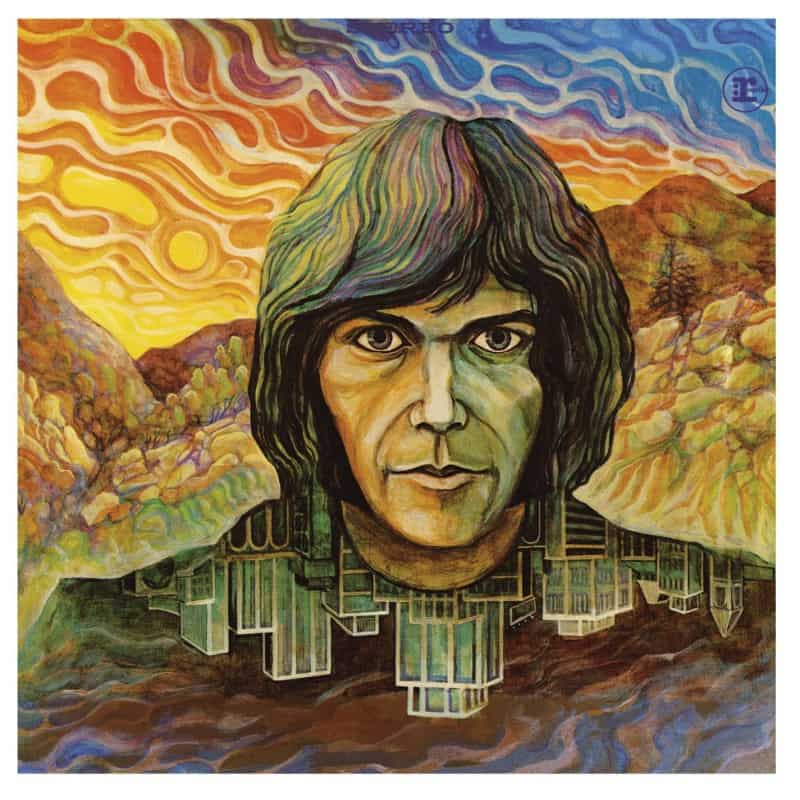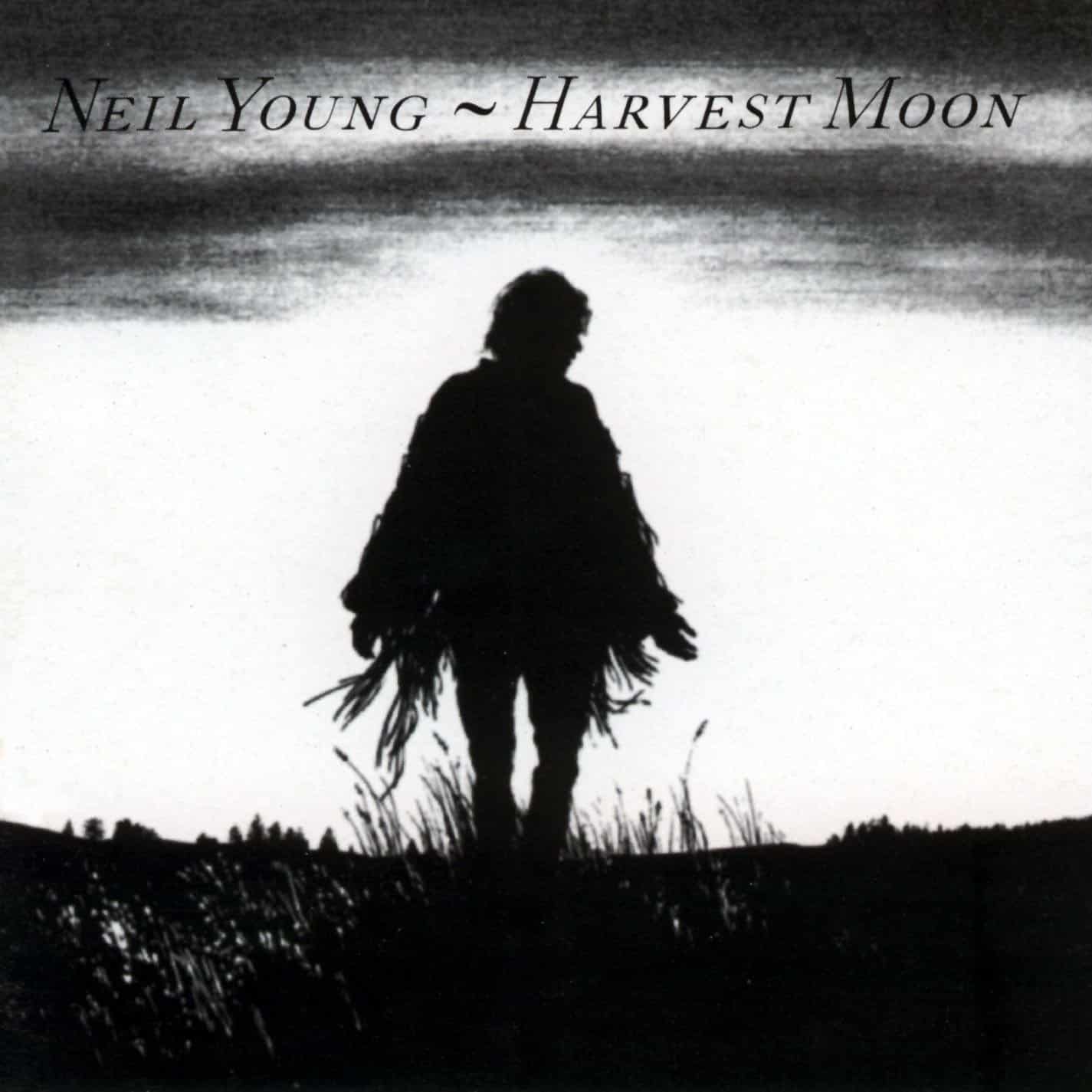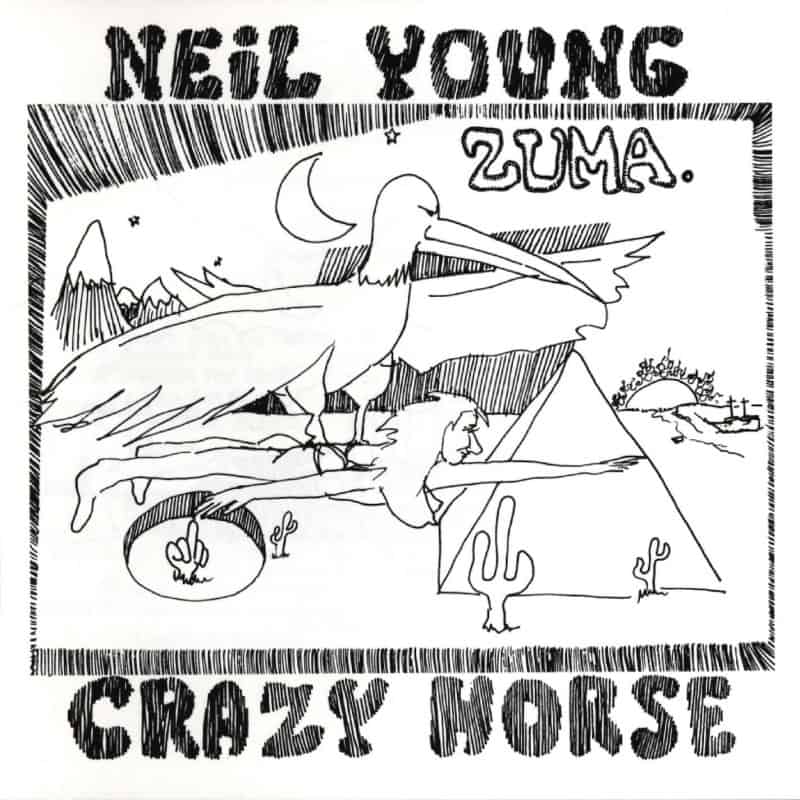Marketplace
2016 Reprise Records PRESSING
- Catalog Number 48497
- Release Year 2016
- Vinyl Mastering Engineer Chris Bellman / Bernie Grundman Mastering
- Pressing Weight 180g
- Jacket Style Single
- 100% Analog Mastering Yes
On the Beach was the first studio recording Neil Young released after his hugely successful Harvest in spite of his having recorded the songs that would later appear on Tonight’s the Night in the interim. He had also issued an unsuccessful soundtrack, Journey Through the Past, and the now well-regarded live album Time Fades Away.
Distinguished by loose production, On the Beach represented something of a puzzle to many listeners who bought Harvest. The songs were meditations on fame, politics, and the fading ideals of the 60s. But Young proved ultimately hopeful in his own way. “They do their thing/I’ll do mine,” he sings on “Walk On.” He also enlisted musicians who played on his earlier albums, creating a set that stands as one of his strongest and most heartfelt statements.
As soon as the needle drops on the opening “Walk On,” it’s clear the mastering on the newer pressing—part of Young’s ongoing Archives Series—gives more space to the instruments and that the recording has more air and room to spread out. Young’s guitar riffs sound firmer and his voice out in front. Billy Talbot’s bass possesses more snap and impact, and the increased attack on Ralph Molina’s drums supply extra energy. Ben Keith and Molina’s backing vocals are better positioned behind Young, and the glissandos on Keith’s slide guitar firmer and more resolute.
The expanded soundstage lets the electric-piano notes during “See the Sky About to Rain” ring more solidly for greater sustain and presents the full tonal scope of Keith’s pedal steel. Tim Drummond’s bass feels more assertive and Levon Helm’s drums larger, with more low-end force.
You can also clearly hear Young tapping his foot as he plays banjo on “For the Turnstiles” as well as the unique properties of the resonator on Keith’s dobro. Both instruments seem flat on original pressing. On the reissue, they come across realistically and harmonically. By extension, the low register on Young’s acoustic guitar on “Motion Pictures” appears more powerful, giving the instrument greater complexity. Keith’s bass on the same track, not especially audible on the original, becomes a more active a part of the whole.
“Revolution Blues” is based on Charles Manson’s story and, not surprisingly, remains the darkest tune on the album. David Crosby’s treble-heavy rhythm guitar has a sharper edge, and the subtlety and drive of Helm’s drums—in combination with the elegance and slam of Rick Danko’s bass—gives the song the force it needs to deliver Young’s message. The spring reverb on Young’s guitar solo helps underline the fury of each note.
Other small details that sounded fine on the original pressing feature improved focus and make the music more compelling. Drummond’s bass is cleaner and tighter on the title track, and you can better perceive the textures of Keith’s hand drum. The intimate “Ambulance Blues” also feels hugely improved by the expanded soundstage, which breathes life and immediacy into Young’s acoustic guitar and Rusty Kershaw’s fiddle. Throughout the LP, Young’s voice sounds three dimensional, and you can sense more of the grain in his singing as well as the extent of its emotional depth.
For years, Young remained ambivalent about On the Beach. He didn’t release it on CD until 2003 and the record was out of print on vinyl by the early 80s. Thankfully, this pressing atones for past errors and makes the album’s genius apparent.
On The Beach
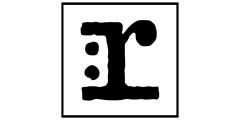
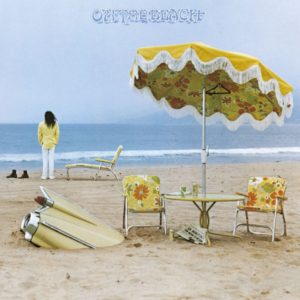
 4.5
4.5
